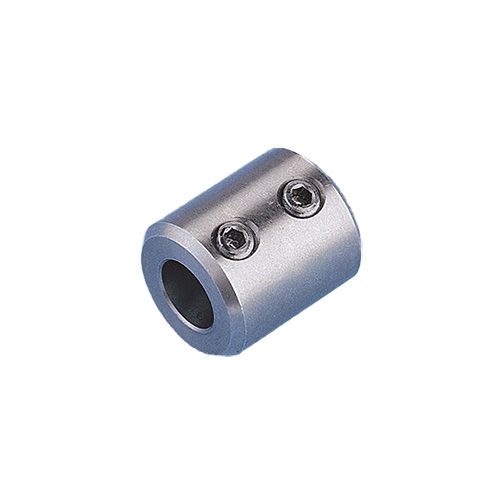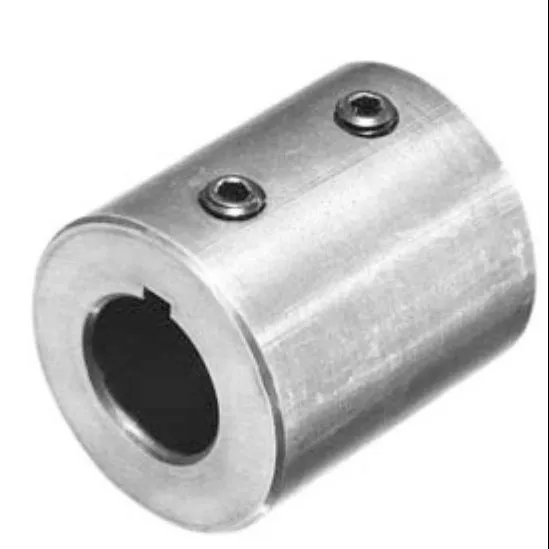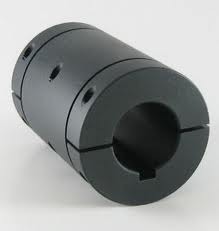Product Description
Product Description
| Specification | According to your requirement. |
| Surface Treatment | Zn-plating,Ni-plating,Cr-plating,Tin-plating,copper-plating, the wreath oxygen resin spraying, the heat disposing, hot-dip galvanizing, black oxide coating, painting, powdering, color zinc-plated, blue black zinc-plated, rust preventive oil, titanium alloy galvanized, silver plating, plastic, electroplating, anodizing etc. |
| Material | Aluminum, Copper, Iron, Stainless Steel, Aluminum Alloy, PD, APET, PVC, Plastic, SPCC, Hot/Cold Rolled Steel Plate /Steel Belt etc. |
| Packaging | Inner plastic bag, outer carton box, and we can also pack products According to your requirements. |
| Processing | stamping, punching, bending, welding, drilling, tapping, wire cutting, EDM, turning, cnc machining, cnc milling, spring, screw, assembling, etc. |
| Tolerance | +/-0.01mm or +/- 0.0004″ or customized |
| Application | Automotive, instrument, electrical equipment, household appliances, furniture, mechanical equipment, daily living equipment, electronic sports equipment, light industry products, sanitation machinery, market/ hotel equipment supplies, artware etc. |
| Certification | ISO9001, RoHS, SGS etc. |
Company Profile
Our company Founded in 2012, HangZhou CHINAMFG Hardware Co., Ltd. is located in HangZhou City, ZheJiang province, China. We are a professional enterprise engaged in the manufacture and sale of all kinds of hardware products. We can supply a wide range of products to meet ever-changing market demands. Customized orders are welcome.We operate our in-house facilities to work on your ODM/OEM projects.
Our experienced engineers are adept at using machines, enabling us to meet your customized requirement. We can fill your bulk orders with easy.To ensure quality, we have more than 10 QC numbers to carry out strict inspections at each stage, including IQC/IPQC/FQC/QA. Our products meet international standards, such as RoHS & HE standards.We are increasingly expanding our international market share based on quality products, excellent service, reasonable price and timely delivery. Please contact us at any time for more information.
Certifications
Our Advantages
Packaging & Shipping
FAQ
Why should you choose us?
| 1 | We are ODM&OEM, design according to your drawing(We can also provide additional Capabilities,like CAD Design Services/CAM Programming Services/Coordinate Measuring Machines (CMM)/Reverse Engineering ). |
| 2 | Rich experience and good technology support ( with senior and professional engineers with more than 10 years experience). |
| 3 | We are factory, not trading company, so we can provide first-hand factory price. |
| 4 | Small/Low MOQ is accepted. |
| 5 | 100% inspection before delivery. |
| 6 | Competitive price with high quality. Convenient transportation ( port: HangZhou)..
|
/* January 22, 2571 19:08:37 */!function(){function s(e,r){var a,o={};try{e&&e.split(“,”).forEach(function(e,t){e&&(a=e.match(/(.*?):(.*)$/))&&1

Can Sleeve Couplings Accommodate Axial and Angular Misalignments Simultaneously?
Yes, sleeve couplings are designed to accommodate both axial and angular misalignments simultaneously. They offer a certain degree of flexibility, allowing them to compensate for minor misalignments between the shafts they connect. Here’s how sleeve couplings handle axial and angular misalignments:
1. Axial Misalignment:
Axial misalignment refers to the misalignment that occurs along the axis of the connected shafts. In other words, one shaft is slightly offset from the other along their common centerline. Sleeve couplings can tolerate a small amount of axial misalignment because of their flexible nature.
When axial misalignment occurs, the sleeve coupling can flex along its length, allowing the shafts to remain connected despite the slight offset. The coupling’s flexibility prevents excessive stress on the connected machinery and helps maintain a smooth torque transmission.
2. Angular Misalignment:
Angular misalignment, on the other hand, occurs when the two shafts are not perfectly aligned in the same plane. Instead, they form an angle with each other. Sleeve couplings can also accommodate a certain amount of angular misalignment.
When angular misalignment is present, the sleeve coupling can bend and twist slightly to compensate for the angle between the shafts. This ability to flex and twist ensures that the coupling can transmit torque efficiently and reduces the risk of premature wear or damage to the system.
Simultaneous Axial and Angular Misalignment:
Sleeve couplings are well-suited to handle both axial and angular misalignments simultaneously. When a system experiences both types of misalignments, the sleeve coupling’s flexibility allows it to adjust and compensate for both the axial offset and angular deviation between the shafts.
It is important to note that while sleeve couplings can handle some misalignments, excessive misalignments should be avoided to prevent excessive wear and premature failure of the coupling. Regular inspections and maintenance can help ensure that the coupling operates within its designed misalignment limits and maintains optimal performance in the motion control system.
In summary, sleeve couplings can simultaneously accommodate both axial and angular misalignments to a certain extent due to their flexible and forgiving design. However, it is essential to ensure that the system is well-aligned and that the coupling is regularly inspected to ensure it functions correctly and provides reliable power transmission in various industrial applications.

How do Sleeve Couplings Compare to Other Coupling Types, such as Flexible or Rigid Couplings?
Sleeve couplings, flexible couplings, and rigid couplings are three common types of couplings used in mechanical power transmission. Each type has its unique characteristics and applications. Here’s a comparison of sleeve couplings with flexible and rigid couplings:
- Sleeve Couplings: Sleeve couplings are simple and cost-effective couplings that join two shafts end-to-end. They provide some flexibility to accommodate slight shaft misalignments and are suitable for low to moderate torque applications. They are easy to install and do not require extensive maintenance. However, they have limited misalignment compensation and cannot handle significant shaft offsets.
- Flexible Couplings: Flexible couplings are designed to handle greater misalignments compared to sleeve couplings. They can accommodate angular, parallel, and axial misalignments, providing higher flexibility. Flexible couplings dampen vibrations and reduce shock transmission, contributing to smoother operation. They are available in various designs such as elastomeric, beam, and disc couplings, each offering specific benefits. Flexible couplings are ideal for applications where misalignments, vibrations, or shock loads are significant.
- Rigid Couplings: Rigid couplings are designed to connect shafts in a straight and rigid manner, without any flexibility. They provide accurate shaft alignment, making them suitable for precision applications. Rigid couplings are robust and transmit torque with high efficiency. However, they cannot accommodate misalignments and are susceptible to vibrations and shocks. Rigid couplings are commonly used in applications where precise shaft alignment is critical.
Choosing the appropriate coupling type depends on the specific requirements of the application:
- Alignment Requirements: If the application demands accurate shaft alignment and no misalignment compensation is needed, rigid couplings are suitable. For moderate misalignments, sleeve couplings may be sufficient, while flexible couplings are preferred for significant misalignments.
- Vibration and Shock Damping: If vibration and shock absorption are essential, flexible couplings are preferred due to their ability to dampen vibrations. Sleeve couplings have limited vibration damping capabilities, while rigid couplings do not dampen vibrations.
- Torque and Load: For low to moderate torque and loads, sleeve couplings are cost-effective choices. For higher torque applications with misalignment compensation, flexible couplings are preferred. Rigid couplings are suitable for high torque and precise alignment applications.
In summary, sleeve couplings provide a basic connection between shafts with limited misalignment compensation. Flexible couplings offer higher misalignment accommodation and vibration damping, making them versatile for various applications. Rigid couplings excel in precise shaft alignment requirements but lack flexibility and shock absorption.

Key Design Considerations for Using Sleeve Couplings in Motion Control Systems
When incorporating sleeve couplings into motion control systems, several important design considerations should be taken into account to ensure optimal performance and reliability:
- Shaft Alignment: Proper shaft alignment is crucial for sleeve couplings to function effectively. Misalignment can lead to increased wear, vibration, and reduced efficiency. Ensuring the shafts are aligned within acceptable tolerances will maximize the coupling’s performance and lifespan.
- Torque and Speed Ratings: Evaluate the motion control system’s torque and speed requirements to select a sleeve coupling that can handle the specified loads. Overloading the coupling can cause premature failure and compromise system performance.
- Shaft Size and Fit: Ensure the sleeve coupling’s inner diameter matches the shafts’ outer diameter accurately. An improper fit may result in slippage or decreased torque transmission. The sleeve coupling’s size and fit should be carefully checked during installation.
- Environmental Conditions: Consider the operating environment’s temperature, humidity, and exposure to dust or corrosive substances. Choose a sleeve coupling material that can withstand these conditions and resist degradation over time.
- Dynamic Balance: Sleeve couplings should be dynamically balanced to minimize vibration during operation. Unbalanced couplings can lead to increased stress on connected equipment and may cause premature wear and failure.
- Operating Speed: Be mindful of the motion control system’s operating speed. At high speeds, centrifugal forces may come into play, affecting the coupling’s performance. In such cases, using a flanged sleeve coupling or other high-speed coupling types may be more suitable.
- Installation and Maintenance: Follow proper installation procedures to ensure the coupling is securely and accurately mounted on the shafts. Routine maintenance should also be performed to check for signs of wear, misalignment, or other issues that might affect the coupling’s performance.
- Resonance and Damping: Consider the system’s natural frequencies and possible resonance points. Sleeve couplings offer some vibration damping characteristics, but additional measures like tuning and damping elements may be required to avoid resonance issues.
- System Flexibility: Sleeve couplings offer flexibility to accommodate minor misalignments, but the system’s overall flexibility should be assessed to ensure the coupling’s compensation capabilities do not lead to excessive flexing or bending of other components.
By carefully addressing these design considerations, motion control systems can benefit from the advantages of sleeve couplings, such as simplicity, cost-effectiveness, and misalignment compensation. Ensuring proper selection, installation, and maintenance will contribute to smooth and efficient power transmission, leading to reliable and precise motion control performance.


editor by CX 2024-04-13
